Home>Articles>What Is The Screened-In Porch In Florida Called
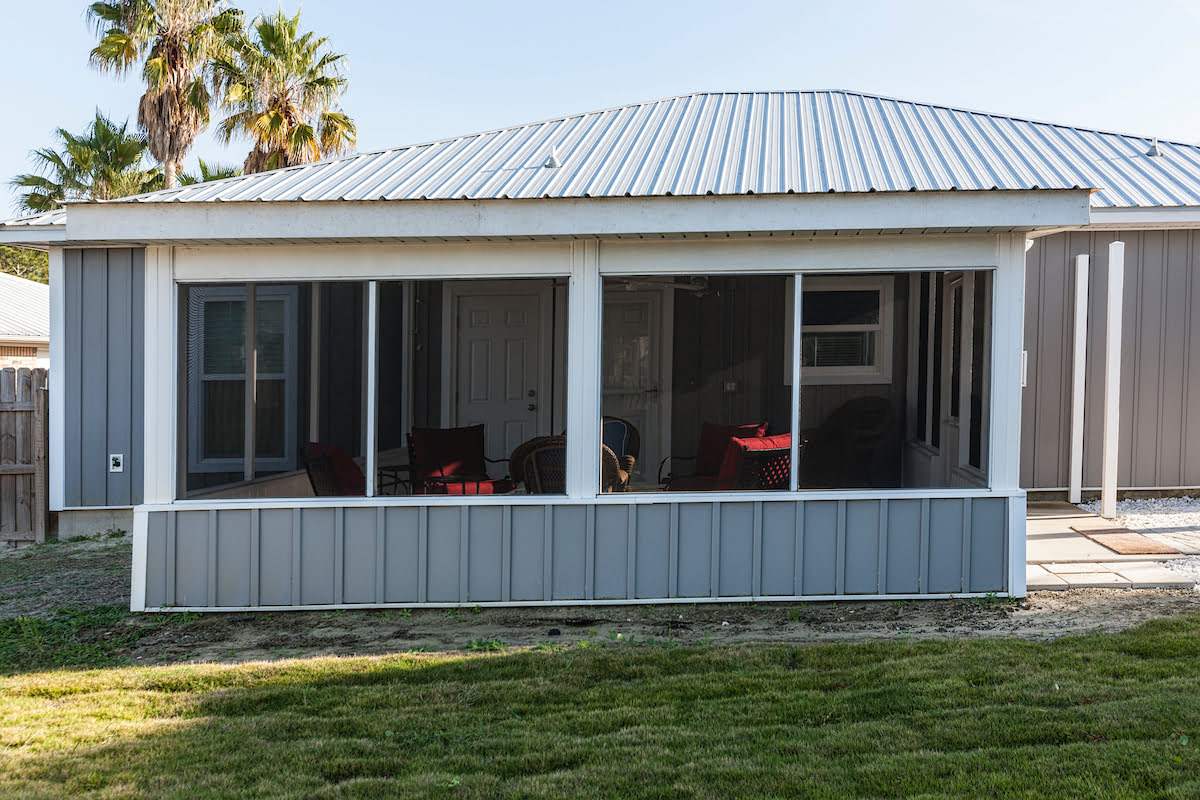

Articles
What Is The Screened-In Porch In Florida Called
Modified: October 18, 2024
Discover the name for the screened in porch in Florida, also known as the Florida room, in our informative articles.
(Many of the links in this article redirect to a specific reviewed product. Your purchase of these products through affiliate links helps to generate commission for Storables.com, at no extra cost. Learn more)
Introduction
Welcome to the sunny state of Florida, where residents and visitors alike get to enjoy the stunning weather and beautiful natural surroundings. From the pristine beaches to the lush landscapes, Florida offers an idyllic setting for outdoor living. And when it comes to maximizing outdoor living spaces, one feature that stands out is the screened-in porch.
A screened-in porch, often referred to as a Florida room or lanai, is a versatile addition to any home in the state. It provides a connection to the outdoors while keeping unwanted bugs, debris, and harsh elements at bay.
In this article, we will explore the benefits of a screened-in porch in Florida, discuss the difference between a screened-in porch and a sunroom, delve into design considerations and popular materials, and touch on maintenance, costs, permits, and regulations. So, let’s dive in!
Key Takeaways:
- Embrace the Florida Lifestyle with a Screened-In Porch
Enjoy bug-free outdoor living, increased home value, and versatile space for relaxation and entertainment with a screened-in porch in sunny Florida. - Navigate the World of Screened-In Porches in Florida
From design considerations to maintenance tips, understand the benefits, costs, and regulations to create a seamless indoor-outdoor living experience in the Sunshine State.
Read more: What Is A Screened Porch
Definition of a Screened-in Porch
A screened-in porch is a covered outdoor space that is enclosed with screens to create a barrier between the indoor and outdoor areas. It offers a seamless transition between the comfort of being indoors and the enjoyment of the outdoors. It provides protection from insects, pests, and the elements, allowing you to relax and entertain while still experiencing the sights, sounds, and fresh air of the outdoors.
The structure of a screened-in porch typically consists of a sturdy frame made from materials such as wood, aluminum, or vinyl. The screens are securely attached to the frame, creating a barrier that prevents mosquitoes, flies, and other pests from entering the space.
Screened-in porches come in a variety of sizes and styles, from small cozy nooks to expansive outdoor living areas. They can be attached to the main house or built as a standalone structure in the yard. The roof of a screened-in porch may be flat or sloped, depending on the design and aesthetic preference.
One of the key features of a screened-in porch is its versatility. It can be designed to serve multiple purposes, such as a place for outdoor dining, a cozy lounge area, a home office, or a space for hosting gatherings with friends and family.
Overall, a screened-in porch provides the perfect balance between indoor and outdoor living, allowing you to enjoy the beauty of nature without the inconvenience of pests or inclement weather.
Benefits of a Screened-in Porch in Florida
Living in Florida means having the luxury of warm weather and abundant sunshine year-round. A screened-in porch makes the most of this delightful climate and offers numerous benefits for homeowners. Here are some of the advantages of having a screened-in porch in Florida:
- Protection from bugs: Florida is known for its pesky mosquitoes and other insects. A screened-in porch creates a bug-free zone, allowing you to enjoy the outdoors without the annoyance of bites and buzzing around.
- Enhanced comfort: The screens provide a barrier against direct sunlight, reducing glare and heat. This allows you to enjoy the outdoors comfortably, even during the peak hours of the day.
- Expanded living space: A screened-in porch effectively extends your living space, providing an additional area for relaxation, entertainment, and leisure activities. It serves as a versatile outdoor room where you can unwind, socialize, or simply enjoy the serenity of nature.
- Connection with nature: With a screened-in porch, you can immerse yourself in the beauty of Florida’s natural surroundings. Listen to the chirping birds, feel the gentle breeze, and take in the lush greenery without having to worry about insects or pests.
- Increased home value: Adding a screened-in porch to your home can significantly boost its market value. The extra living space and outdoor appeal make your property more attractive to potential buyers, offering a high return on investment.
- Flexible use: A screened-in porch can be customized to suit your specific needs and preferences. Whether you want a space for dining, lounging, gardening, or exercising, you have the flexibility to design your porch accordingly.
- Protection from debris: Florida’s tropical climate brings occasional heavy rains and storms. A screened-in porch shields your furniture, decor, and other belongings from debris, leaves, and dirt, minimizing maintenance and upkeep.
Overall, a screened-in porch in Florida offers a multitude of benefits, allowing you to make the most of the beautiful weather and enjoy the outdoor lifestyle without any of the downsides.
Difference Between a Screened-in Porch and Sunroom
While both screened-in porches and sunrooms provide a covered outdoor space, there are some key differences between the two. Understanding these distinctions can help you determine which option is best suited for your needs and preferences. Here are the main differences between a screened-in porch and a sunroom:
Structure: A screened-in porch is primarily made up of screens, allowing for maximum airflow and a connection with the outdoors. It is typically an open space with a roof and screened walls. On the other hand, a sunroom is a fully enclosed space with windows made of glass or acrylic materials. It has solid walls and a roof, providing a more insulated and climate-controlled environment.
Temperature Control: Since a screened-in porch is open to the elements, it does not have a separate heating or cooling system. Its temperature is generally influenced by the outdoor climate. In contrast, a sunroom is equipped with insulation, windows, and often a separate HVAC system, allowing for more precise temperature control throughout the year.
Use and Functionality: A screened-in porch offers a more casual and outdoor-oriented experience. It provides a bug-free zone while still allowing you to feel the refreshing outdoor breeze and enjoy the sounds of nature. It is well-suited for relaxation, entertaining guests, and experiencing the ambiance of the outdoors. On the other hand, a sunroom provides a fully enclosed space that can be used year-round, regardless of the weather. It offers greater protection from the elements, making it more suitable for use as an additional living area, home office, or even a greenhouse.
Aesthetics: The open design of a screened-in porch allows for unobstructed views of the surrounding landscape. It provides a sense of being immersed in nature, with the screens creating a sense of transparency. A sunroom, on the other hand, provides a more controlled environment with walls made of glass or acrylic. This allows for plenty of natural light, scenic views, and a sense of being indoors while still enjoying the outdoors.
Cost Considerations: Generally, a screened-in porch is a more cost-effective option compared to a fully enclosed sunroom. The materials used and the level of construction required for a sunroom can significantly increase the overall cost. However, it is important to consider your specific needs, budget, and how you plan to use the space when making a decision.
Ultimately, the choice between a screened-in porch and a sunroom depends on your lifestyle, budget, and preferences. Both options offer unique benefits and can enhance your outdoor living experience in different ways.
Design and Construction Considerations for a Screened-in Porch in Florida
When planning the design and construction of a screened-in porch in Florida, there are several important considerations to keep in mind. These factors will ensure that your porch is not only aesthetically pleasing but also functional, durable, and able to withstand the unique climate of the region. Here are some key design and construction considerations:
1. Orientation: Consider the direction in which your porch will face. Orienting it towards the south or southeast will maximize natural light and airflow, while providing shade during the hottest parts of the day.
2. Size and Layout: Determine the size and layout of your porch based on your intended use and available space. Consider factors such as furniture placement, traffic flow, and any specific features you want to incorporate, such as a fireplace or outdoor kitchen.
3. Roofing: Choose a roofing material that is durable and weather-resistant, such as metal, shingles, or panels. Ensure the roof has proper insulation to prevent heat buildup and protect against heavy rains and storms.
4. Flooring: Select a flooring material that can withstand Florida’s humid and variable climate. Popular options include composite decking, tile, or stained concrete. Consider materials that are slip-resistant and easy to clean.
5. Screens and Framing: Use high-quality screens that are durable and offer protection against insects. Consider the size of the screen openings to ensure proper airflow while keeping out unwanted pests. Choose a sturdy framing material, such as aluminum or vinyl, that can withstand the elements and provide structural integrity to your porch.
6. Ventilation: Incorporate proper ventilation into the design of your porch to prevent heat buildup during the hotter months. Options like ceiling fans, sliding windows, or vented skylights can help circulate air and maintain a comfortable temperature.
7. Lighting and Electrical Considerations: Plan for adequate lighting in your porch design, considering both functional and decorative lighting options. Ensure that you have easy access to electrical outlets for appliances, outdoor lighting, and entertainment systems.
8. Building Codes and Permits: Familiarize yourself with local building codes and obtain any necessary permits before starting the construction of your screened-in porch. Compliance with building regulations ensures the safety and legality of your project.
9. Professional Installation: Consider hiring a professional contractor or builder experienced in constructing screened-in porches. Their expertise will ensure that your porch is built to code, using quality materials and proper construction techniques.
By taking these design and construction considerations into account, your screened-in porch in Florida will be well-equipped to withstand the elements, provide optimal comfort, and enhance your outdoor living experience for years to come.
In Florida, a screened-in porch is commonly referred to as a “Florida room” or a “lanai.” These are popular additions to homes in the state, providing a shaded and bug-free outdoor space.
Read more: What Is The Roof Of A Porch Called
Popular Materials for Screened-in Porches in Florida
When it comes to selecting materials for your screened-in porch in Florida, it’s essential to choose materials that can withstand the state’s unique climate and provide the desired aesthetic appeal. Here are some popular materials to consider:
1. Aluminum: Aluminum is a favored choice for screen frames and structural elements due to its durability, lightweight nature, and resistance to rust and corrosion. It is low-maintenance, long-lasting, and can withstand the harsh Florida coastal environment.
2. Vinyl: Vinyl is another excellent option for screen frames. It is known for its durability, affordability, and resistance to fading and discoloration. Vinyl frames are easy to clean, making them a practical choice for the Florida climate.
3. Pressure-Treated Wood: Pressure-treated wood is a popular choice for porch flooring and structural components. It is treated to resist decay, insects, and moisture, making it suitable for Florida’s humid climate. Opt for sustainably sourced wood, such as cedar or redwood, for an attractive and durable porch.
4. Composite Decking: Composite decking is a blend of recycled wood fibers and plastic. It provides the look of natural wood without the maintenance requirements. Composite decking is resistant to rot, splintering, and fading, making it an excellent choice for porch flooring.
5. Screen Materials: When it comes to the screens themselves, there are a few options to consider. Fiberglass screens are a popular choice due to their durability, transparency, and resistance to rust and corrosion. Aluminum screens are strong and can withstand harsh weather conditions. For homeowners seeking additional protection from the sun, solar screens are a great option, as they block a significant amount of heat and UV rays.
6. Roofing: The roofing material you choose for your screened-in porch should provide the necessary protection against rain and sun. Some common options include asphalt shingles, metal roofing, or polycarbonate panels. Consider the durability, aesthetics, and cost-effectiveness of each material when making your selection.
7. Lighting: When it comes to porch lighting, consider energy-efficient options such as LED lights. They consume less electricity and have a longer lifespan, making them an eco-friendly choice. Solar-powered lights are another excellent option for adding ambiance and reducing energy consumption.
Before making any material choices, it’s essential to consider factors such as maintenance requirements, durability, aesthetics, and budget. Additionally, consult with a professional builder or contractor who can provide guidance on the best materials for your specific needs and the Florida climate.
By choosing the right materials for your screened-in porch, you can create a durable and beautiful space where you can comfortably enjoy the Florida weather and outdoor living.
Maintenance and Care for a Screened-in Porch in Florida
Proper maintenance and care are essential to ensure the longevity and enjoyment of your screened-in porch in Florida. With the state’s unique climate and the potential for insect activity, regular upkeep is necessary. Here are some maintenance tips to keep your porch in top condition:
1. Regular Cleaning: Regularly clean the screens, flooring, and other surfaces of your porch to remove dirt, dust, and debris. Use a soft brush or a low-pressure hose to avoid damaging the screens. A mixture of mild soap or detergent and water can be used for stubborn stains.
2. Pest Control: Florida is known for its insects, so it’s important to stay vigilant and address any pest issues promptly. Regularly check and repair any screen damage or gaps to prevent insects from entering the porch. Consider using natural insect repellents or consulting with a professional pest control service if needed.
3. Inspect and Maintain the Structure: Periodically inspect the structural elements of your porch, such as the frame, roof, and flooring. Look for signs of wear, damage, or rotting wood. Address any issues immediately to prevent further deterioration and ensure the safety and integrity of your porch.
4. Roof and Gutters: Clean the roof and gutters regularly to remove leaves, debris, and other obstructions. Clogged gutters can cause water to overflow and potentially damage the porch structure.
5. Sealant and Paint: Depending on the materials used in your porch, consider applying a waterproof sealant or paint to protect and preserve the surfaces. This can help prevent moisture damage and extend the lifespan of your porch.
6. Furniture and Decor: Properly maintain and clean any furniture, cushions, rugs, or decor on your porch. Store cushions indoors during periods of heavy rain or when not in use to prevent moisture buildup and mold growth.
7. Maintenance of Lighting and Electrical: Inspect and test the lighting and electrical components regularly to ensure they are functioning correctly and safely. Replace any faulty bulbs or address any electrical issues promptly.
8. Seasonal Maintenance: Conduct seasonal maintenance tasks such as cleaning the porch thoroughly, inspecting for any damage caused by storms or extreme weather, and checking for any signs of pest activity. Address any issues as soon as possible to prevent further damage.
9. Professional Inspection: Consider scheduling regular professional inspections of your porch to identify any underlying issues and address them before they escalate.
By following these maintenance and care tips, you can keep your screened-in porch in excellent condition and enjoy its benefits for years to come. Regular maintenance not only prolongs the life of your porch but also ensures a safe and comfortable outdoor space for relaxation and entertainment.
Cost and Return on Investment for a Screened-in Porch in Florida
When considering adding a screened-in porch to your Florida home, it’s important to understand the costs involved and the potential return on investment. The cost of building a screened-in porch can vary depending on factors such as size, materials used, location, and complexity of the design. Here are some cost considerations and the potential return on investment:
Cost Factors:
- The size and layout of the porch: Larger porches will generally have higher costs.
- Materials used: The choice of materials will impact the overall cost. Higher-end materials may come with a higher price tag.
- Site preparation: If there is existing landscaping or structures that need to be removed or modified, it could increase the cost.
- Electrical and lighting requirements: If you plan to wire the porch for electricity and install lighting fixtures, it will add to the cost.
- Permits and regulations: Obtaining the necessary permits and meeting building regulations may incur additional costs.
Average Cost:
The cost of building a screened-in porch in Florida can range anywhere from $15,000 to $40,000 or more, depending on the factors mentioned above. It’s essential to get detailed quotes from contractors to accurately estimate the cost for your specific project.
The Return on Investment (ROI):
While the upfront cost of building a screened-in porch may seem significant, it’s important to consider the potential return on investment. Adding a screened-in porch can significantly increase the value of your home, both in terms of monetary value and the enjoyment it brings to homeowners and potential buyers.
The ROI for a screened-in porch in Florida can vary depending on factors such as the local housing market trends, the quality of construction, and the overall appeal of the porch. On average, you can expect a return on investment of around 50% to 80% when selling your home.
Furthermore, a screened-in porch provides additional living space, enhancing your quality of life. It serves as an attractive feature that can set your home apart from others on the market when it comes time to sell.
Additional Considerations:
When evaluating the cost and return on investment for a screened-in porch, it’s crucial to consider the long-term benefits. A porch creates a versatile and comfortable outdoor living area where you can relax, entertain friends and family, and enjoy the Florida climate year-round.
Additionally, the cost of maintenance for a screened-in porch is relatively low compared to other home improvements. Regular cleaning, minor repairs, and seasonal maintenance are typically all that’s required to keep your porch in good condition.
In summary, while the upfront cost of constructing a screened-in porch in Florida can vary, the potential return on investment, both financially and in terms of quality of life, makes it a worthwhile investment for many homeowners.
Permits and Regulations for Screened-in Porches in Florida
Before building a screened-in porch in Florida, it’s important to understand the permits and regulations that may apply to your project. Compliance with these requirements ensures the safety, legality, and structural integrity of your porch. Here are some key considerations when it comes to permits and regulations for screened-in porches in Florida:
Building Permits:
Most counties and cities in Florida require a building permit for constructing a screened-in porch. The specific requirements and procedures for obtaining a permit may vary depending on your location. Generally, you will need to submit detailed plans and specifications of your porch, including structural details, dimensions, and materials used. It’s best to check with your local building department or the permitting office to determine the exact permit process and any associated fees.
Setback and Zoning Regulations:
When planning your porch, it’s crucial to consider setback and zoning regulations. These regulations dictate how close your porch can be to property lines, existing structures, and other considerations. They are in place to ensure a proper balance between privacy, safety, and the overall aesthetic of the neighborhood.
Engineering and Architectural Requirements:
In some cases, an engineered design for your porch may be required, especially for larger or more complex structures. This involves hiring a professional engineer to create a detailed plan that ensures the porch meets specific structural requirements. Additionally, architectural requirements may apply in some communities to ensure the porch design is in harmony with surrounding properties.
Storm and Hurricane Preparedness:
Florida is prone to severe weather events, including hurricanes and strong storms. As a result, there may be specific regulations governing the construction of structures, including porches, to ensure they can withstand high winds and heavy rain. This may include requirements for hurricane straps, reinforcing certain structural elements, and using impact-resistant materials.
Contractor Licensing:
If you plan to hire a contractor to build your porch, it’s important to ensure they are properly licensed and insured. Contractors must meet specific requirements and hold the appropriate licenses to perform construction work in Florida. Verifying the contractor’s credentials helps protect you from potential liabilities and ensures the work is completed to industry standards.
Homeowners’ Association (HOA) Guidelines:
If you live in a community governed by a homeowners’ association (HOA), there may be additional guidelines, architectural review boards, or approval processes to follow when building a porch. It’s essential to consult the HOA guidelines and obtain any necessary approvals before proceeding with your project.
It’s important to note that the above regulations and requirements can vary between municipalities and counties in Florida. Therefore, it’s crucial to consult with your local building department or a professional architect or contractor who is familiar with the specific regulations in your area.
By ensuring compliance with permits and regulations, you can avoid potential penalties and ensure that your screened-in porch in Florida is built safely and in accordance with local standards.
Read more: What Is An Enclosed Porch Called
Conclusion
A screened-in porch is a wonderful addition to any home in Florida, offering numerous benefits and the opportunity to fully enjoy the beautiful outdoor surroundings. By understanding the various aspects of a screened-in porch, from its definition to its design considerations, materials, maintenance, costs, and permits, you can make informed decisions when planning your own porch.
A screened-in porch provides protection from bugs and the elements, enhances comfort, expands living space, and connects you with nature. It also increases the value of your home and offers a high return on investment when it comes time to sell.
When designing your porch, consider the orientation, size, layout, roofing, flooring, screens, ventilation, lighting, and electrical requirements. By carefully choosing materials such as aluminum, vinyl, pressure-treated wood, composite decking, and appropriate screen options, you can create a porch that withstands Florida’s climate and maintains its beauty for years to come.
Maintaining your screened-in porch is essential for its longevity and enjoyment. Regular cleaning, pest control, structural inspections, and seasonal maintenance will keep your porch in top condition, making it a welcoming and comfortable space for relaxation and entertainment.
While there is an upfront cost involved in building a screened-in porch, the potential return on investment, both financially and in terms of quality of life, makes it a worthwhile endeavor. Additionally, complying with permits, regulations, and any homeowner association guidelines ensures that your porch is constructed safely and in accordance with local requirements.
In conclusion, a screened-in porch in Florida provides a seamless connection between indoor and outdoor living, offering a versatile and comfortable space to enjoy the beauty of the outdoors while remaining protected from insects and the elements. Whether you use it for relaxing, entertaining, or simply appreciating the natural surroundings, a screened-in porch is a valuable addition to any home in the sunny state of Florida.
Frequently Asked Questions about What Is The Screened-In Porch In Florida Called
Was this page helpful?
At Storables.com, we guarantee accurate and reliable information. Our content, validated by Expert Board Contributors, is crafted following stringent Editorial Policies. We're committed to providing you with well-researched, expert-backed insights for all your informational needs.
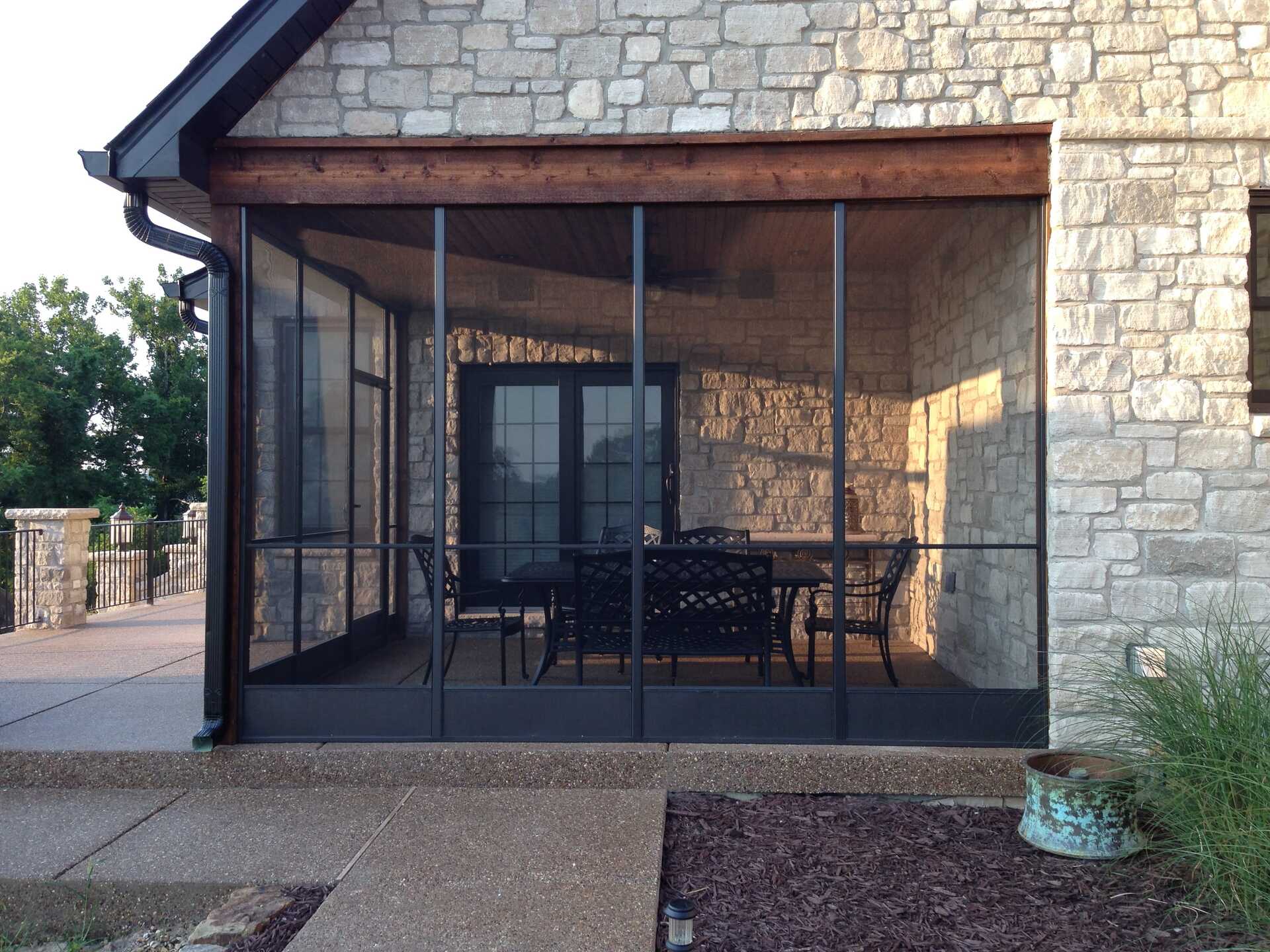
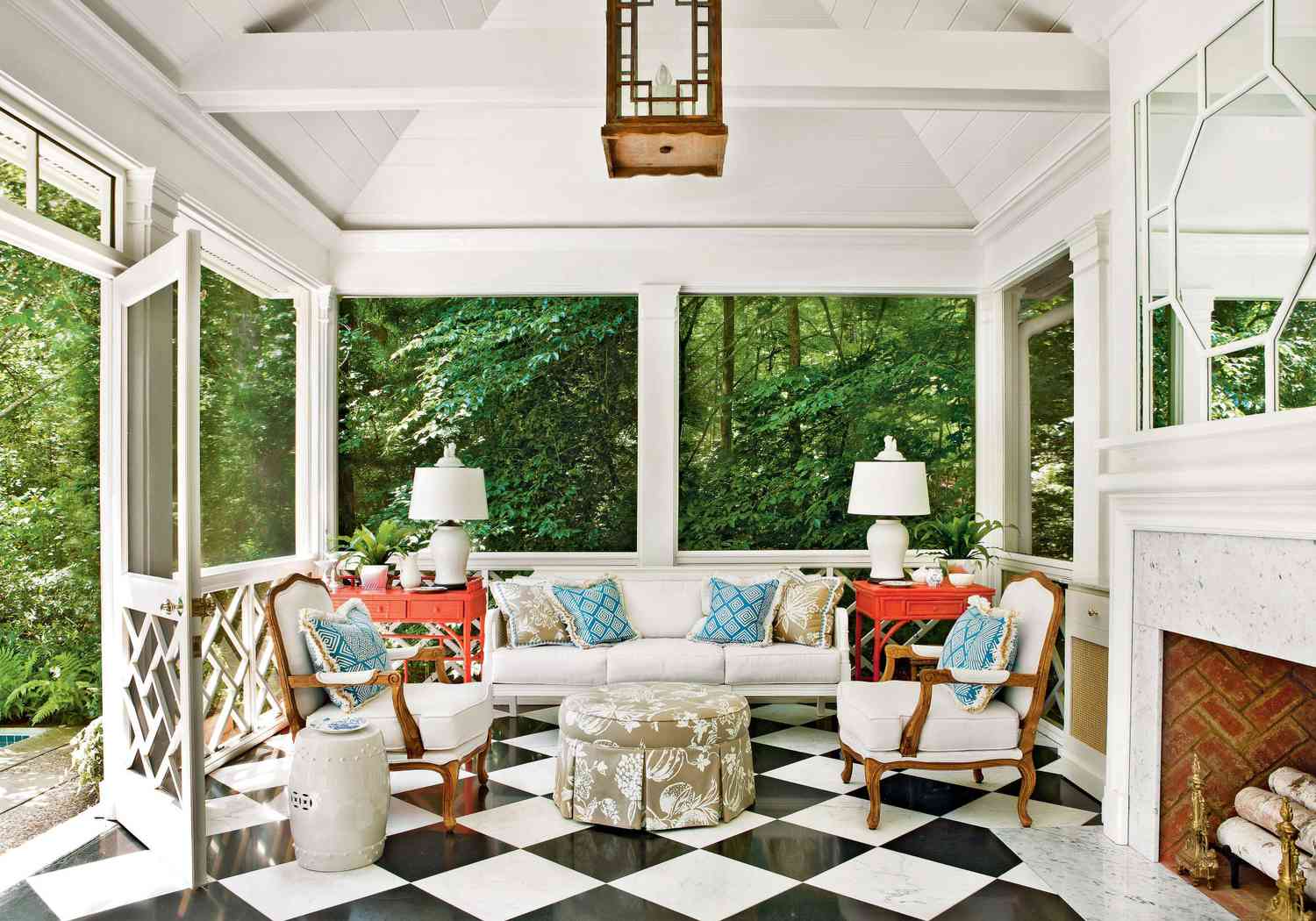
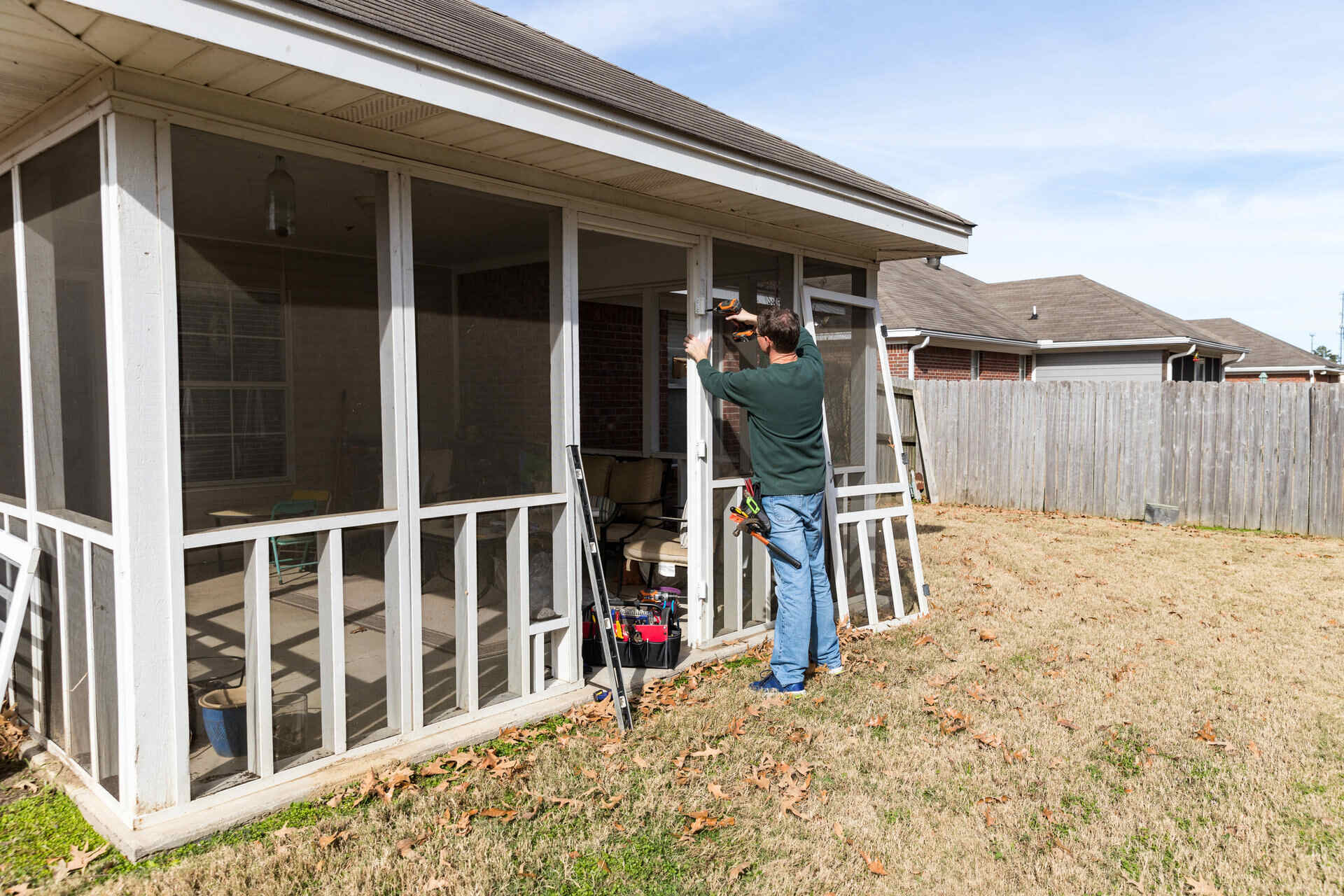
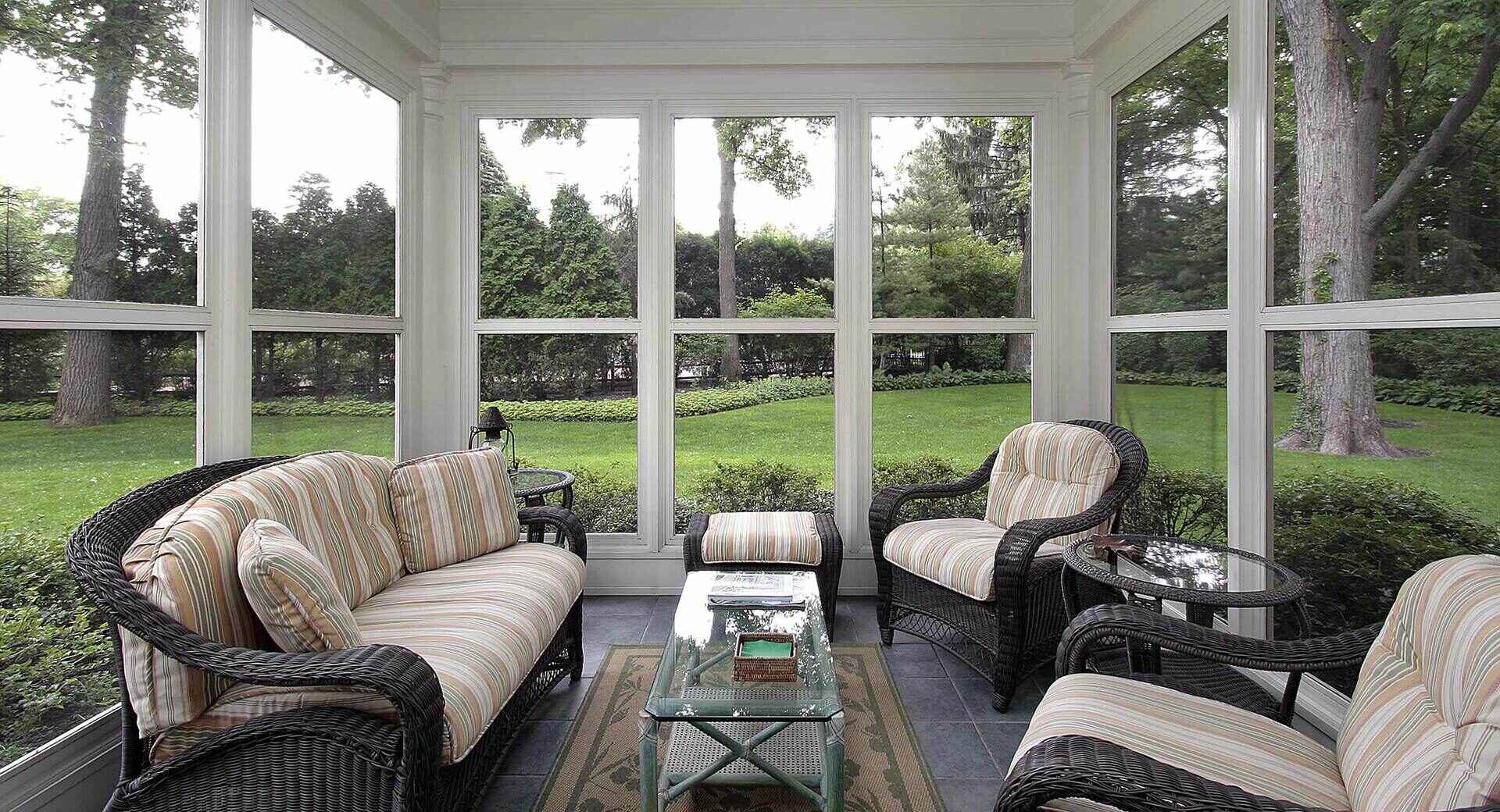
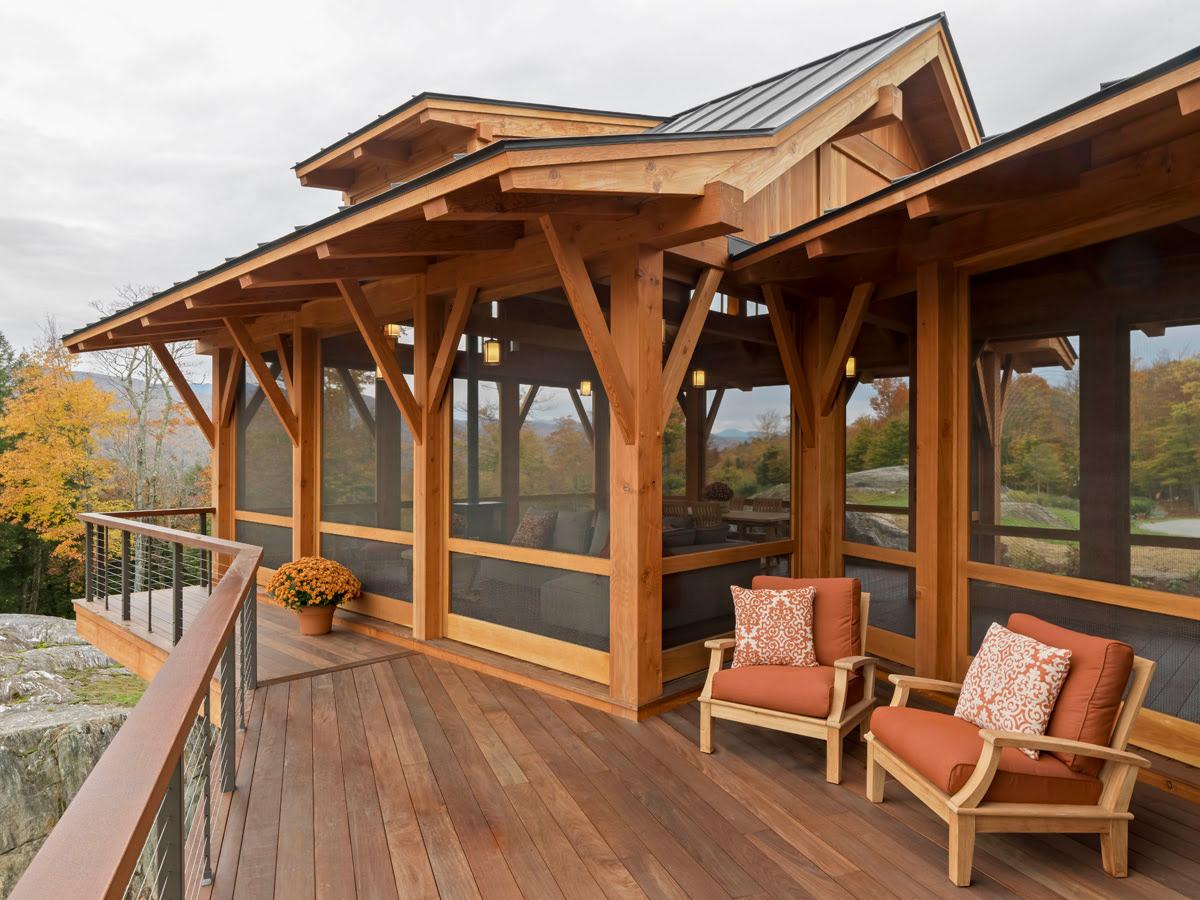
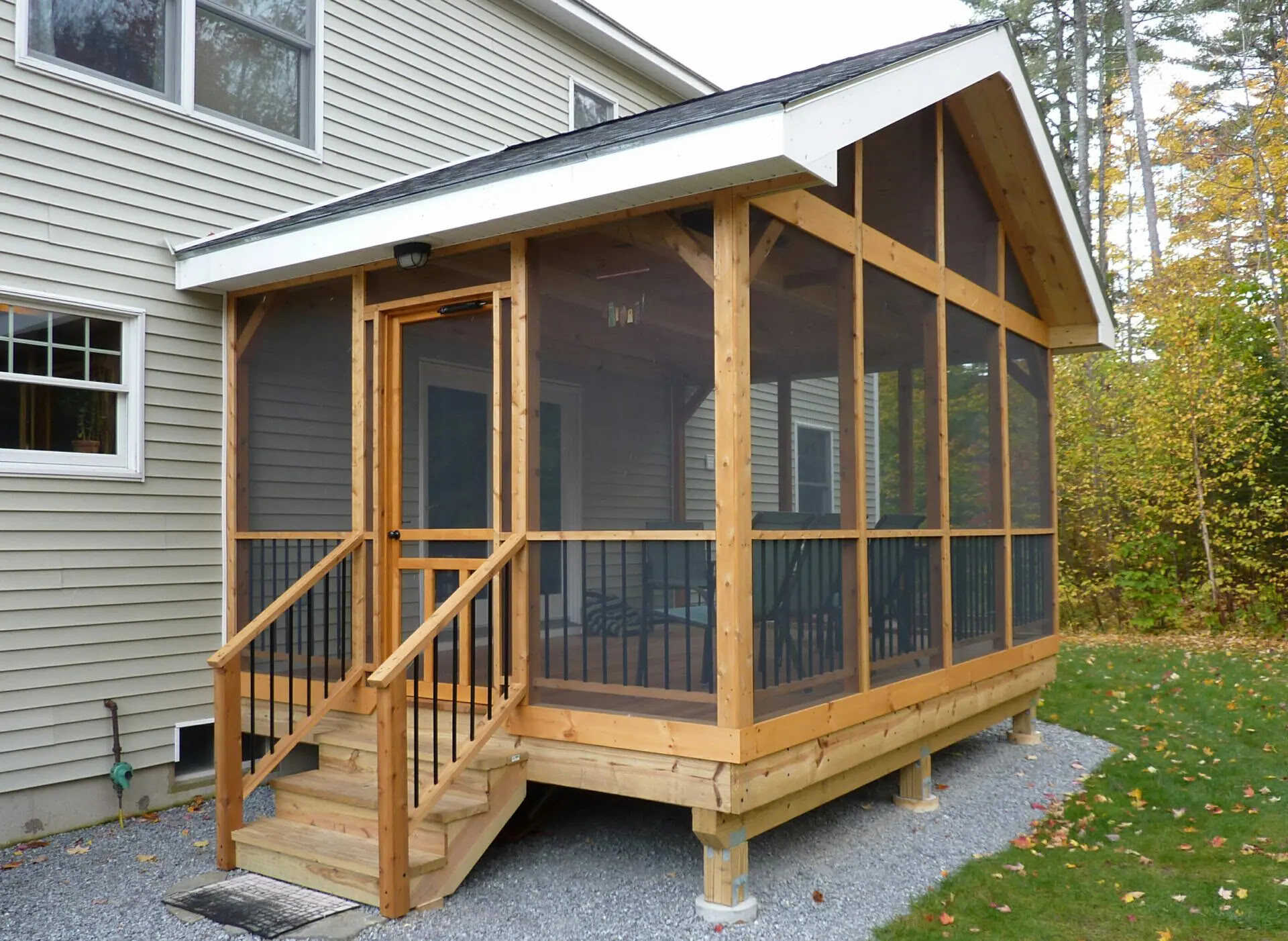
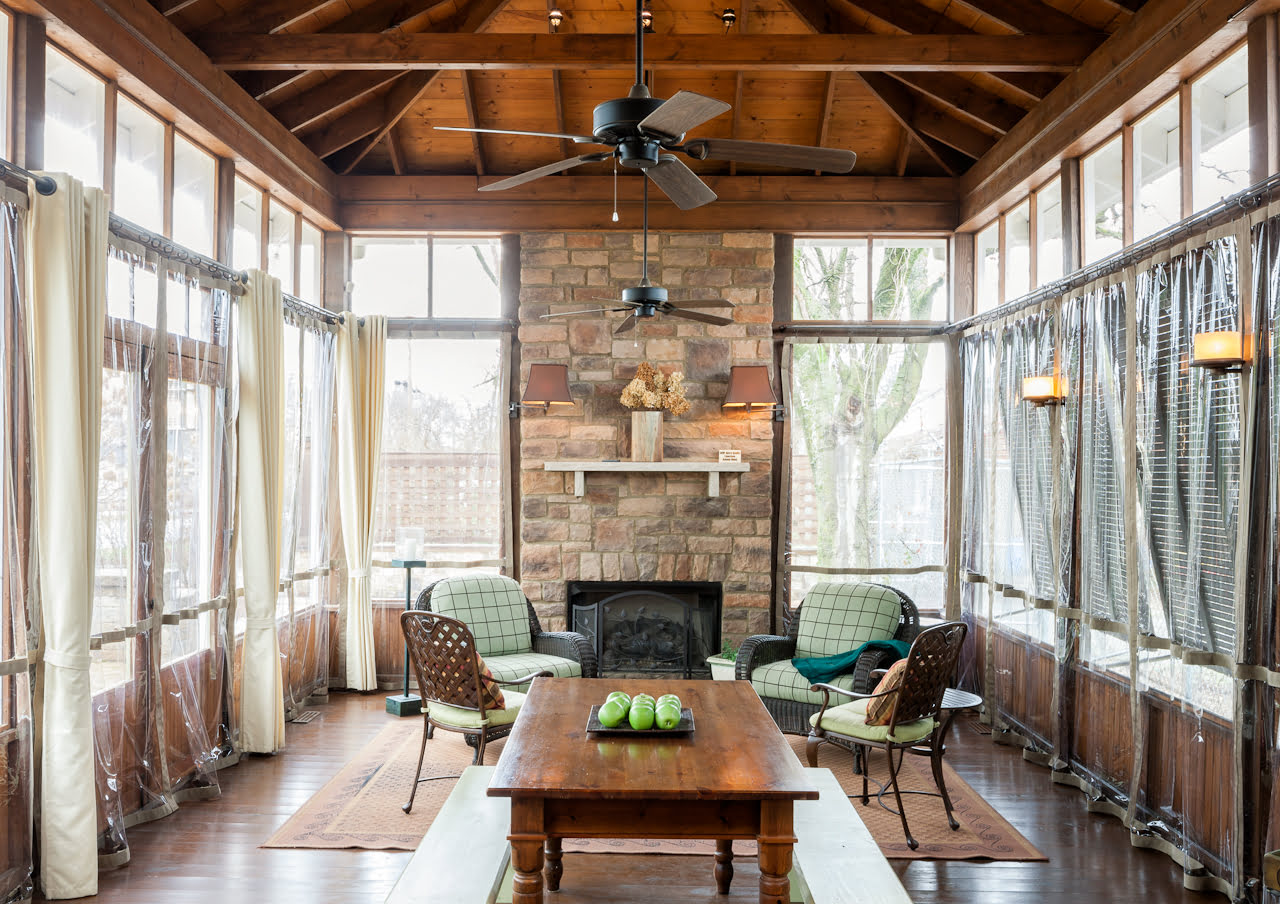
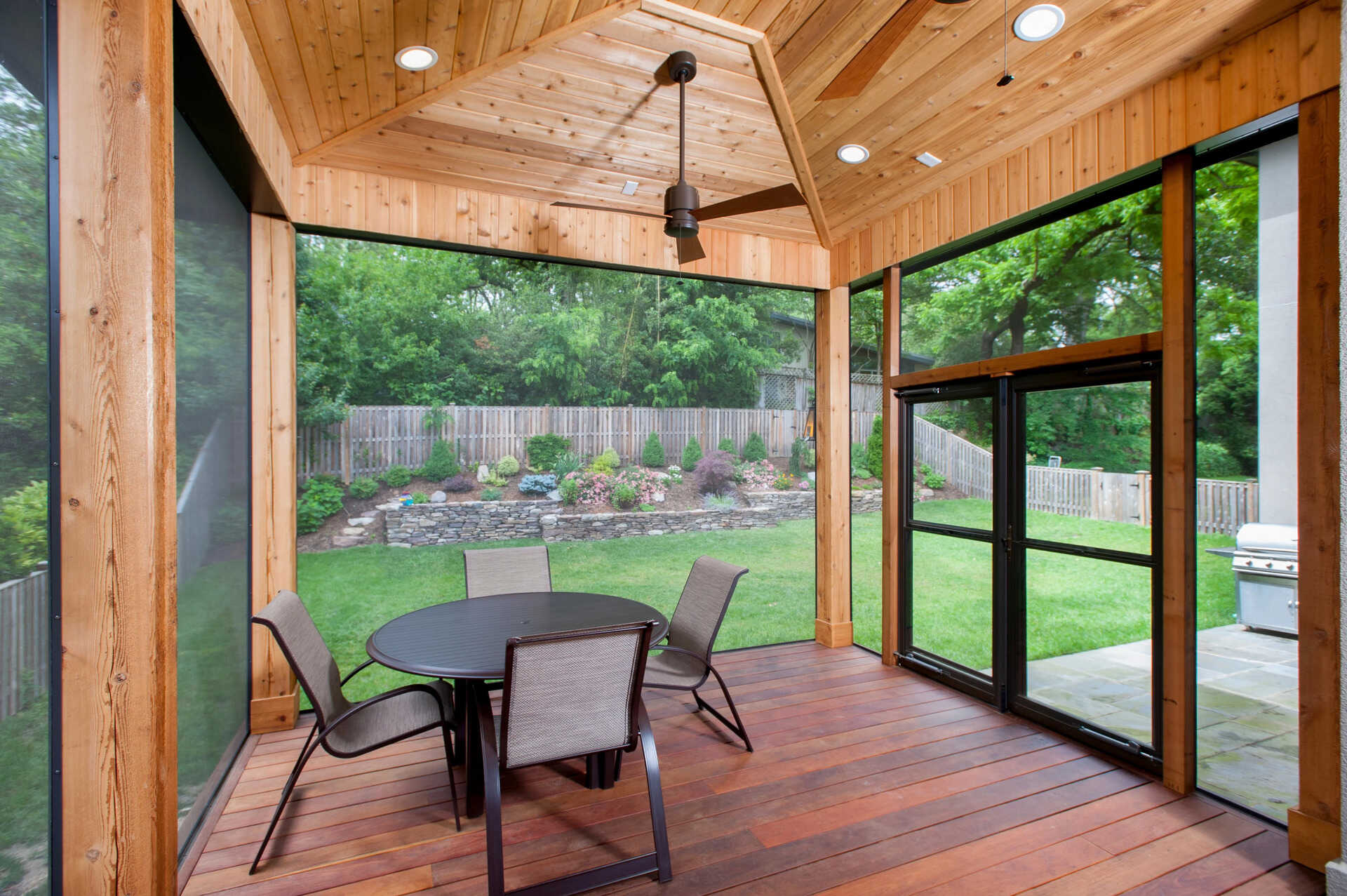

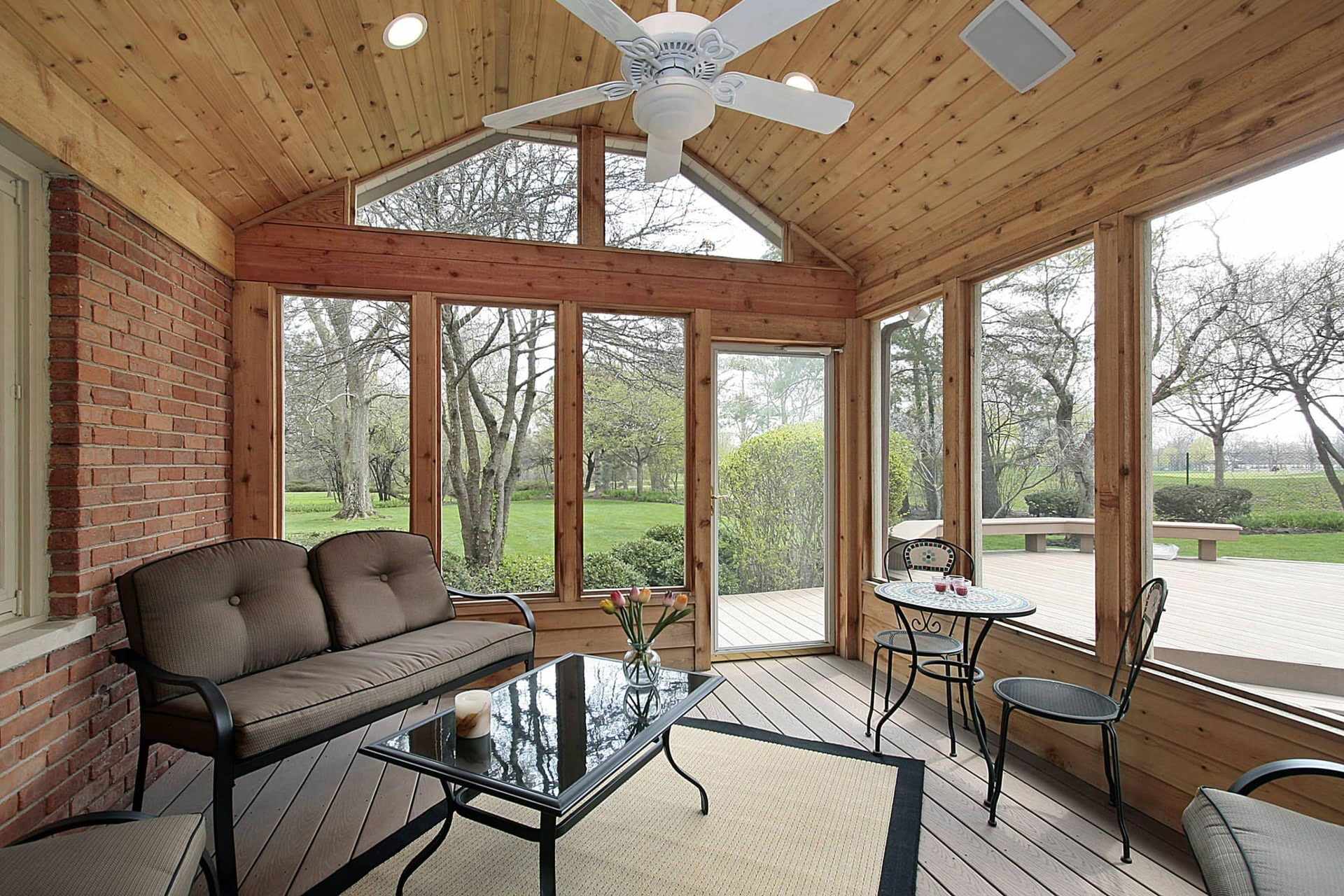
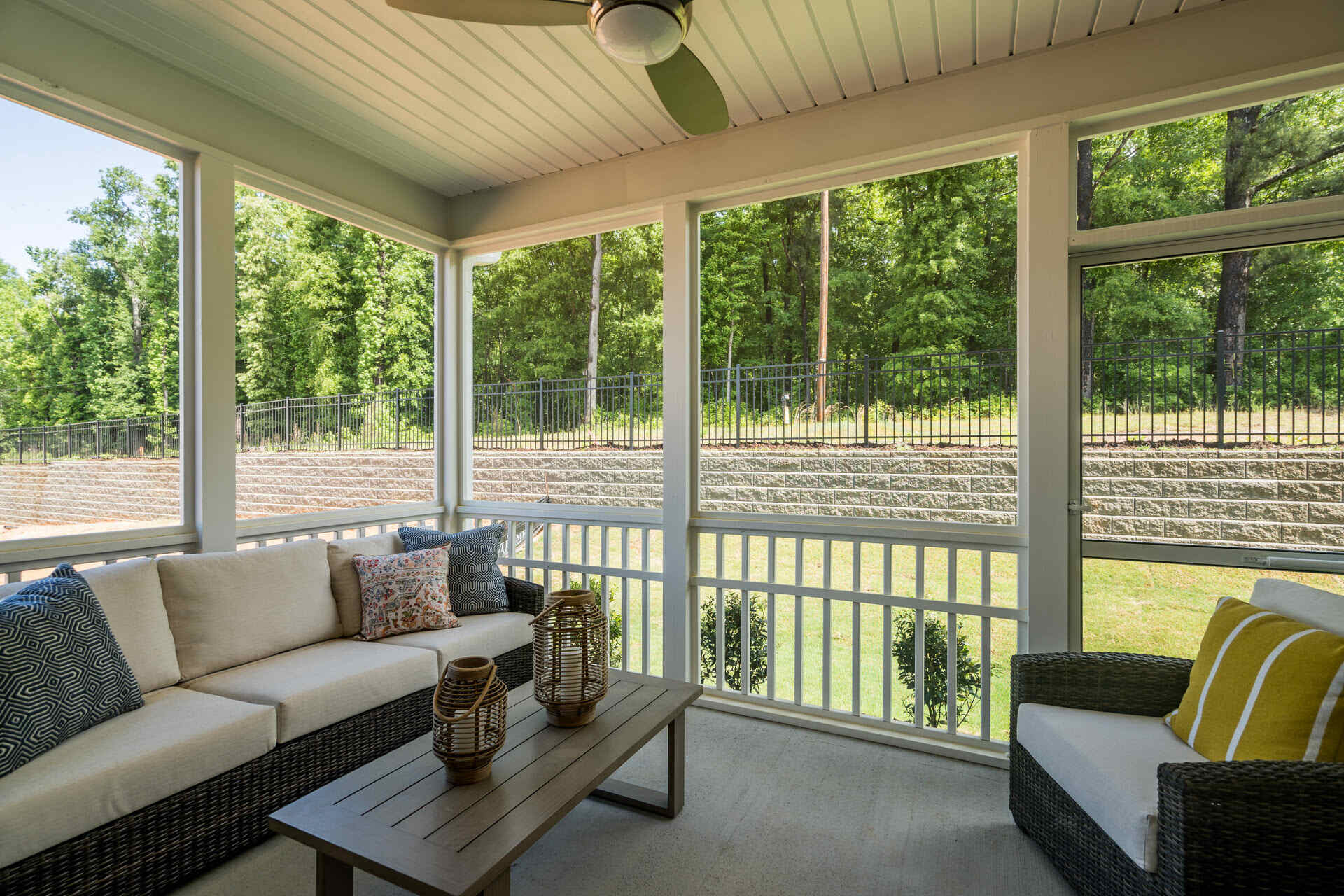
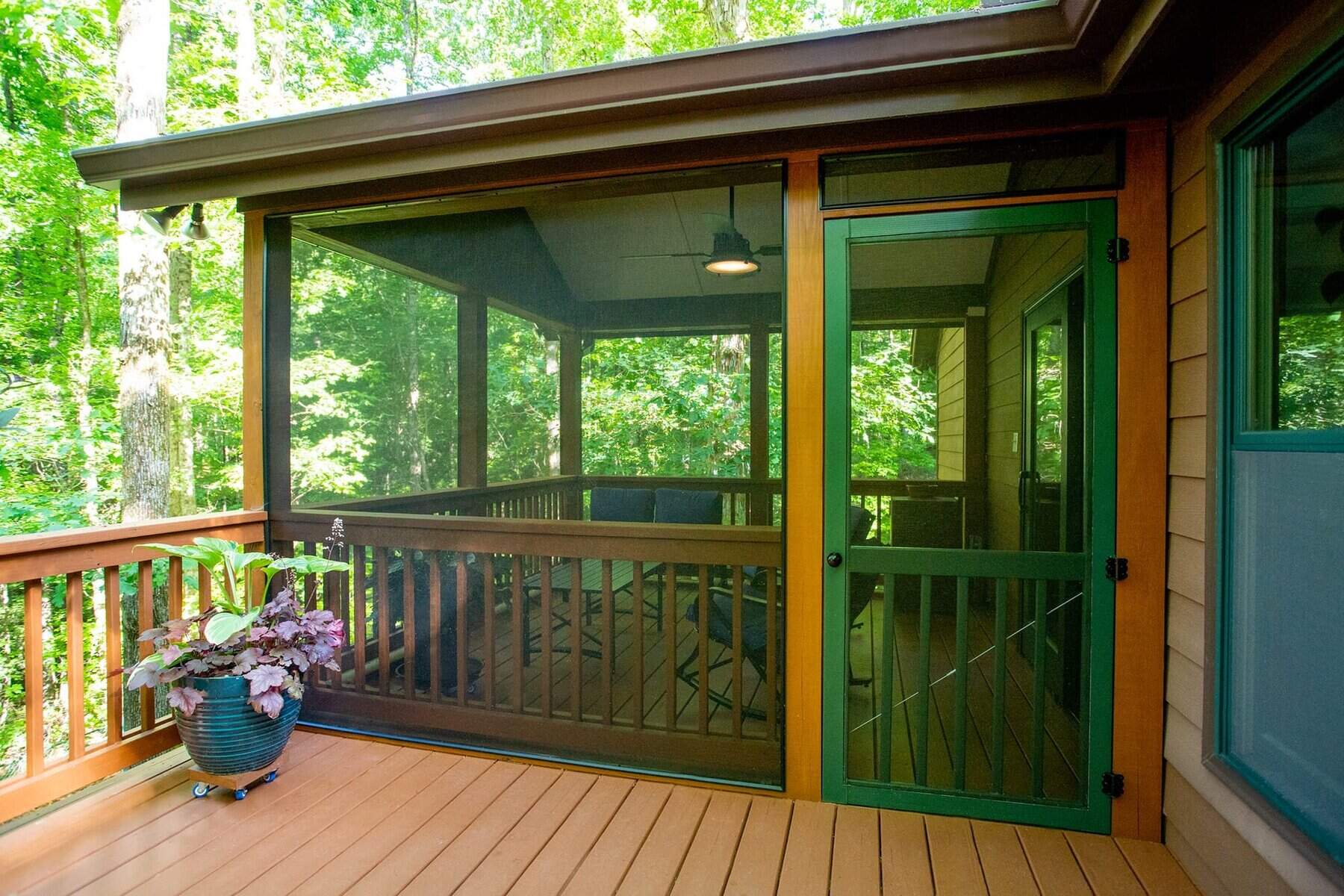


0 thoughts on “What Is The Screened-In Porch In Florida Called”